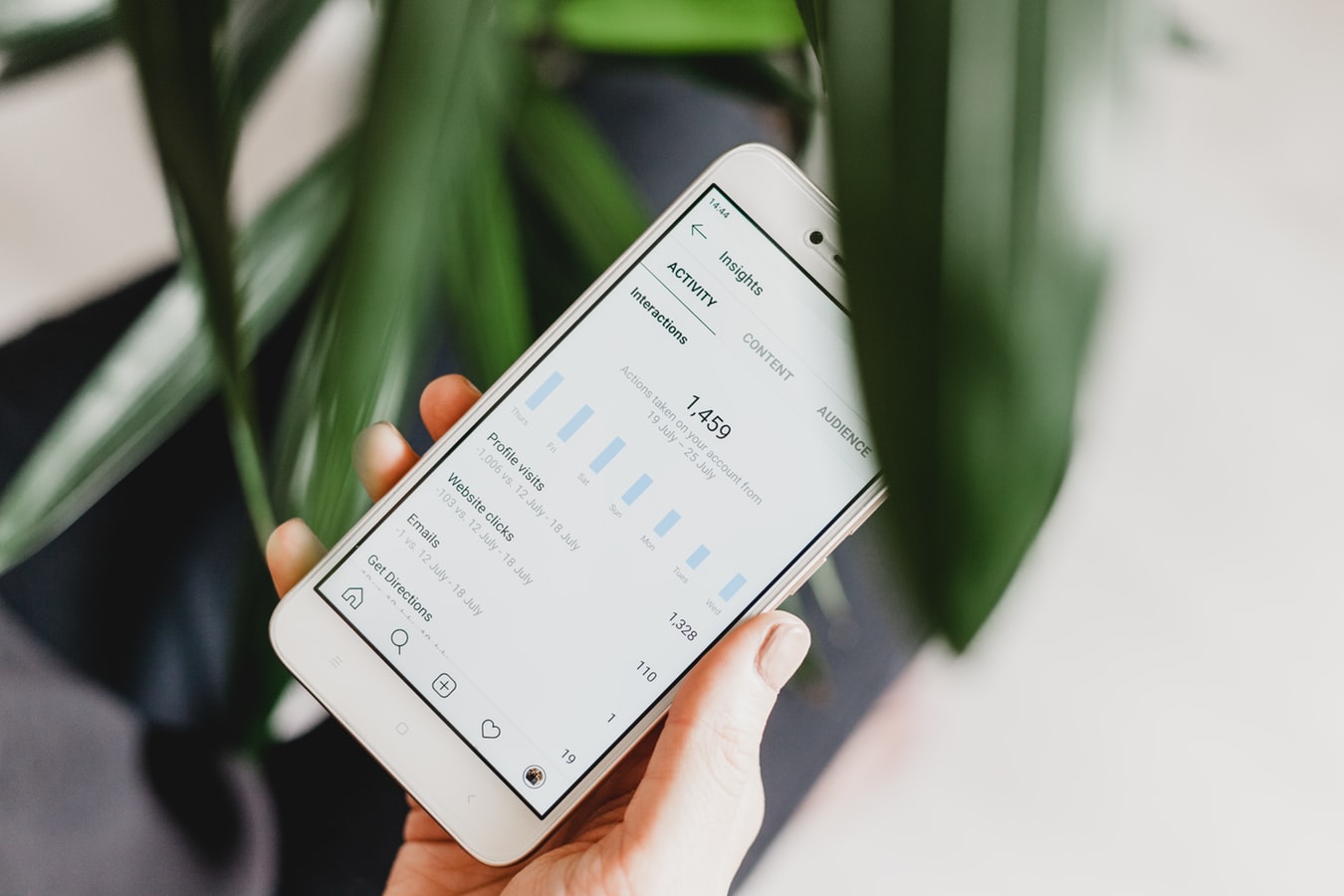
Last month, users in seven countries began testing a new experiment by the social media powerhouse Instagram. While posts typically show a running count of the number of likes they receive, this new initiative aims to get rid of those likes. On a platform where influencer marketing lives (and thrives) and where likes are an important metric that users and brands alike track, what will this new feature mean if it sticks?
First, let’s think about this concept from the simple angle of user validation. We’re all guilty of that little frisson of excitement that comes with each double-tap, each new heart-shaped notification.
Likes hold personal value to users because they symbolize validation and interest. The intrinsic value of an Instagram like has become so strong, however, that this has been attributed to a growing number of users who suffer from poor self-esteem.
Obtaining a large number of likes is like hoarding drugs, some muse. The little “hits” of endorphins that happen with each like slowly condition users to only feel valued if their content is popular.
It sounds a lot like high school, doesn’t it?
While certainly not every user feels this way, this sentiment has become a large enough issue that now it’s becoming more of a hot button topic to talk about how to reduce those feelings of low self-worth or the need to obtain validation from strangers on social media.
So what has been the reaction of users during this testing period? It may come as a surprise, but users actually seem to favor the idea. With this new update, Instagram shows just a sample list of other users who have liked a post, but it doesn’t show the count.
Sure, users may love this idea — in a time when we’re all trying to spend a little less time seeking validation online, this seems like a great move from a social standpoint — but what does this change mean for brands?
As it stands now, brands often utilize the likes count to determine the effectiveness of their campaign. For example, an influencer who promotes a beauty product can turn in results that include the number of users who liked each post. This metric counts for engagement (the user had to pause, at least for a moment, and see the content before deciding to hit the like button), reach (the user clearly saw the post), and popularity of each piece of content.
Without likes, how will brands measure the effectiveness and popularity of the content they put out? The answer to this remains unclear, but this change could open doors to new possibilities.
Think of this: isn’t one thing we all strive for, as professionals in the marketing or public relations space, the idea of genuine connections with consumers? Gone are the days when brands solely cared about making money, with no regard for how their consumers felt. With brand reputations on the line more than ever, thanks to social media and the quick spread of information, it’s important that we do our best to forge relationships with customers and earn their trust and loyalty.
Of course, there will always be brands who don’t care much about genuine interactions. The disappearance of likes on Instagram will hurt these brands. However, those who are willing to adapt and step up to the challenge of finding new ways to measurably interact and engage with users will be the ones who emerge unscathed from what could be a massive change to social media’s landscape.
Ronn Torossian is the CEO and Founder of 5W Public Relations

Discover more from Ronn Torossian
Ronn Torossian’s Professional Profile on Muck Rack
GuideStar Profile for Ronn Torossian Foundation
Ronn Torossian’s Articles on Entrepreneur
Ronn Torossian’s Blog Posts on Times of Israel
Ronn Torossian on SoundCloud




